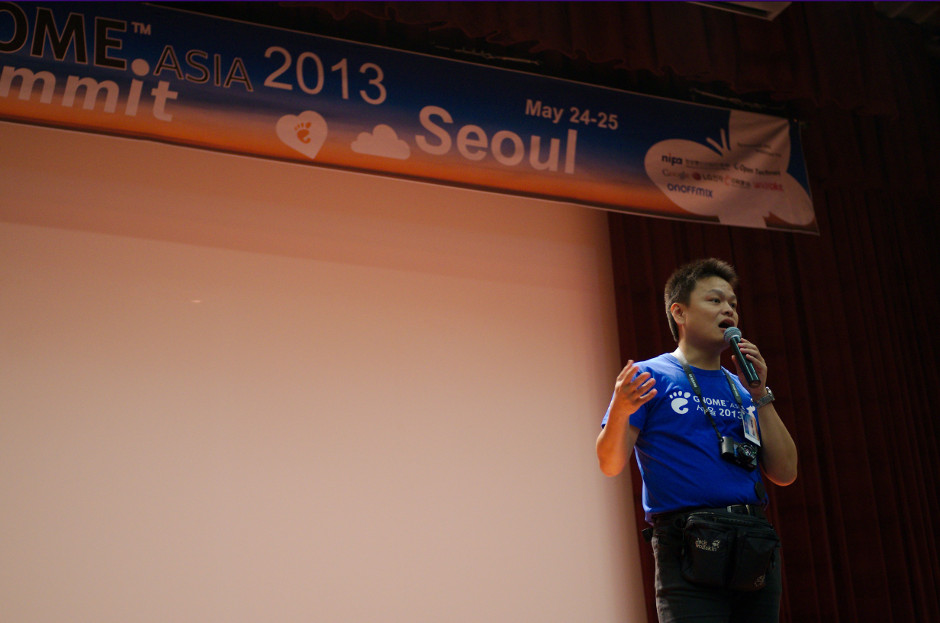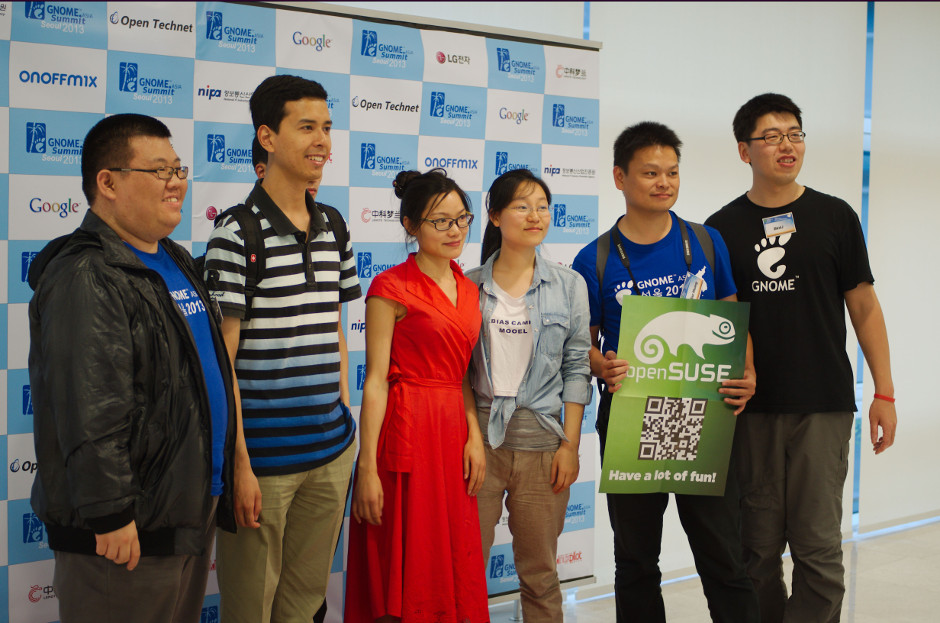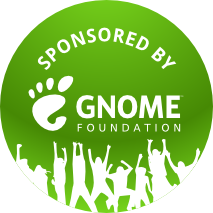The 2013 GNOME Marketing hackfest finished yesterday. We did many things over the course of the three day event: we updated the design of the website, discussed new outreach initiatives and planned how to clean up the marketing wiki pages. But our main focus was the development of a clear story for the GNOME Project. We spent a long time talking about why GNOME is important and how we think that contributors think and feel about what they do.
We refined and defined these ideas, pulled them together to form an integrated identity, and started the work of translating them into text and pictures with which they can be communicated.
While GNOME has not had a clearly articulated story in the past, I believe that we do have compelling aspirations. If you look around our project, you will see a lot of highly motivated and passionate people. They find GNOME inspiring, not just because of the technologies that the project produces, but also because of its wider mission and ways of working.
Our job in marketing is to distill these ideas about GNOME into something that can be easily communicated to the outside world, and to ensure that our messaging is consistent enough to make us familiar and recognisable. Over the coming weeks we will be continuing this work and will be presenting it to the rest of the project for feedback, comment and further development.
Continue reading Telling GNOME’s Story




